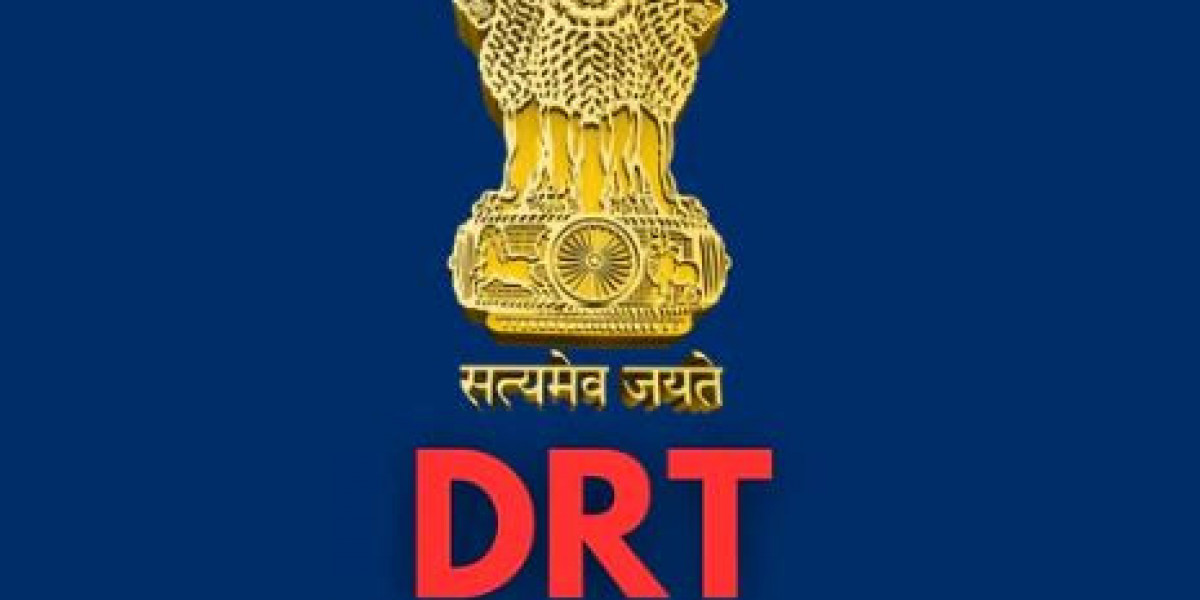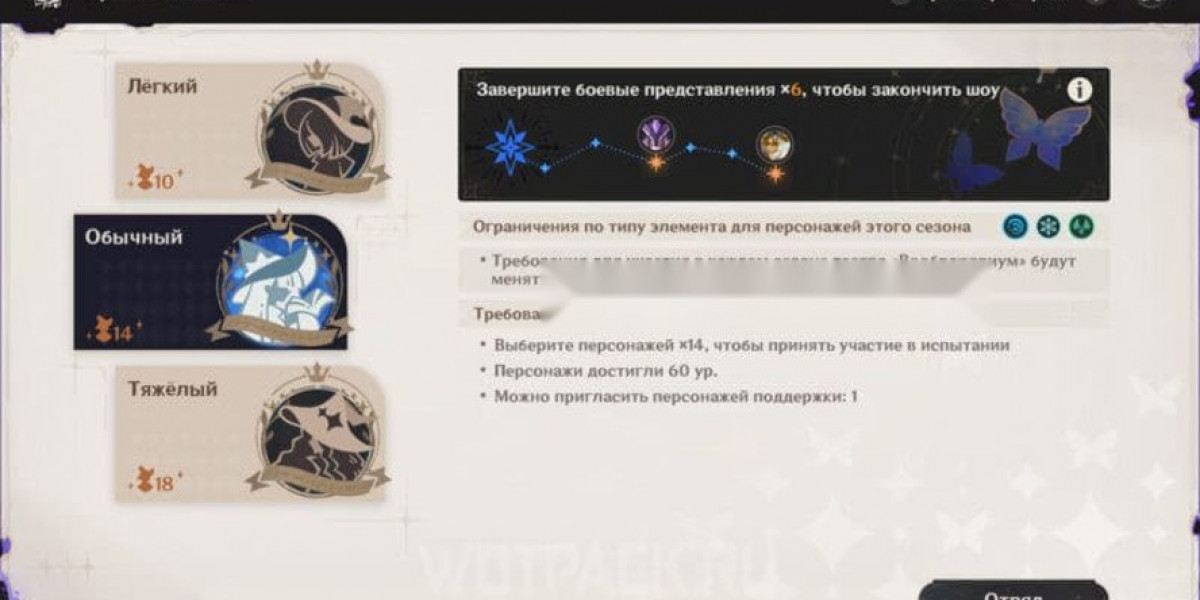The economic landscape in India has witnessed several transformative changes over the years, and one of the most significant legislations in this context is the Securitisation and Reconstruction of Financial Assets and Enforcement of Security Interest Act, 2002, commonly known as the SARFAESI Act 2002. MAR Associates, a leading legal consultancy firm, specializes in guiding businesses, banks, and borrowers through the complexities of this critical legislation.
What is the SARFAESI Act 2002?
The Securitisation Act 2002 was enacted to address the issue of non-performing assets (NPAs) plaguing the financial sector. Before this act, banks and financial institutions often found themselves entangled in lengthy and inefficient processes to recover outstanding debts. The SARFAESI Act empowers financial institutions to efficiently recover their dues by directly taking possession of secured assets without the need for court intervention.
Key Objectives of the SARFAESI Act
The SARFAESI Act has been instrumental in streamlining debt recovery and ensuring a healthier banking ecosystem. Its primary objectives include:
- Empowering Lenders: It allows banks and financial institutions to recover NPAs without the need for prolonged litigation.
- Improving Financial Discipline: Borrowers are encouraged to honor their commitments to avoid the consequences of default.
- Enhancing Credit Flow: With streamlined recovery processes, banks are more willing to extend credit.
- Facilitating Reconstruction of Financial Assets: By allowing asset reconstruction companies (ARCs) to buy and manage NPAs, the act ensures that distressed assets are effectively handled.
Major Provisions of the SARFAESI Act
The act provides several mechanisms for lenders to recover their dues:
- Asset Reconstruction: Banks can sell NPAs to asset reconstruction companies, which specialize in managing and recovering bad loans.
- Securitisation: Financial institutions can pool their NPAs and sell them as securities to investors, thereby transferring the risk and raising funds.
- Enforcement of Security Interest: Lenders can seize and sell secured assets without court intervention.
- Debt Recovery Tribunals (DRTs): DRTs serve as specialized forums to address disputes between borrowers and lenders under the SARFAESI Act.
The Role of Debt Recovery Tribunals (DRT)
The establishment of Debt Recovery Tribunal (DRT) was another significant step toward streamlining the debt recovery process. These tribunals operate under the Recovery of Debts Due to Banks and Financial Institutions (RDDBFI) Act, 1993, and complement the SARFAESI Act.
Key Features of DRTs:
- Exclusive Jurisdiction: DRTs handle cases involving claims of ₹20 lakh and above, ensuring focused attention on significant matters.
- Time-bound Resolution: The tribunals are designed to expedite the recovery process, usually resolving cases within six months.
- Appeal Mechanism: Borrowers or lenders dissatisfied with a DRT decision can appeal to the Debt Recovery Appellate Tribunal (DRAT).
- Flexibility: DRTs provide lenders with a specialized platform to enforce their claims, bypassing conventional court procedures.
How the SARFAESI Act and DRTs Work Together
The SARFAESI Act empowers lenders to recover dues independently of court interference. However, disputes often arise between borrowers and lenders regarding the enforcement of security interests. This is where DRTs play a crucial role, acting as arbitrators to ensure fair resolution of such disputes.
For example, a borrower who feels aggrieved by the lender’s actions under the SARFAESI Act can approach the DRT to challenge the proceedings. Similarly, if a lender faces obstacles in enforcing the act, they can seek relief from the tribunal.
Challenges in Implementation
Despite its effectiveness, the SARFAESI Act and the functioning of DRTs are not without challenges.
- Delays in Resolution: While DRTs aim for quick resolutions, increasing case volumes often lead to delays.
- Asset Valuation Issues: Disputes regarding the valuation of seized assets can prolong the recovery process.
- Limited Reach: The SARFAESI Act does not cover unsecured loans, leaving a gap in debt recovery.
- Borrower Rights: Critics argue that the act heavily favors lenders, potentially compromising borrower rights.
How MAR Associates Can Help
Navigating the complexities of the SARFAESI Act and DRT processes can be daunting for businesses and individuals. MAR Associates offers expert legal guidance to both lenders and borrowers, ensuring a balanced and fair approach to debt recovery.
Services Provided by MAR Associates:
- Legal Advisory: Detailed consultations on SARFAESI provisions and DRT proceedings.
- Representation: Expert representation in DRT and DRAT cases.
- Asset Management: Assistance in asset valuation and recovery processes.
- Dispute Resolution: Mediation and arbitration services to amicably resolve borrower-lender disputes.
The Road Ahead
The SARFAESI Act 2002 and DRTs have undeniably strengthened India’s financial ecosystem, providing a robust framework for debt recovery. However, continuous improvements, such as reducing delays and ensuring a fair balance between lender and borrower rights, are essential to enhance their effectiveness.
For individuals and businesses seeking clarity and support in matters related to the SARFAESI Act or DRT proceedings, MAR Associates is a trusted partner. With their deep expertise, they ensure that clients navigate these processes with confidence and achieve the best possible outcomes.










